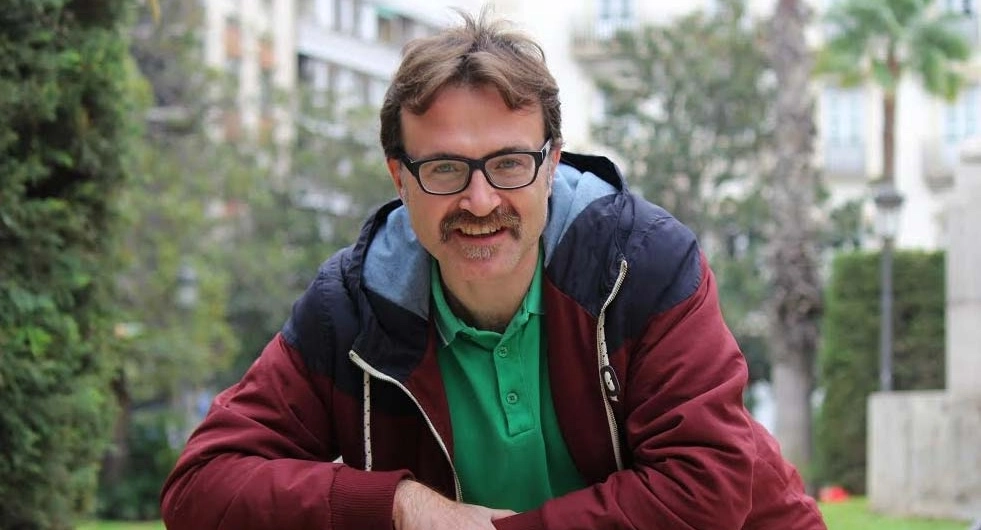With the aim of promoting a network of charging points for electric vehicles, the municipality focuses, on one hand, on the implementation of fast charging plugs, offering users a power of 50 kilowatts (kW).
This task is carried out in conjunction with private companies. Thus, they complement each other to provide València with charging points.
Then, they emphasize the distribution of “slower” chargers that are for long stays. For now, the City Council plans to install 200 of these points, but with expectations of increasing their numbers.
In addition, another bet is linked to the public management of parking lots.
In this regard, through the remodeling and updating of infrastructure, València has achieved a technology that improves the experience of users of electrified cars.
“We have a parking lot with 300 spaces with 40 charging points at 22 kW. It also has a network mesh that increases or decreases power depending on the number of connected vehicles. Its intelligent system works and that is being replicated in all parties,” explains Giuseppe Grezzi, councilor of the València City Council.
This deployment plan not only aims to provide security to Valencians who own an electric vehicle or plan to acquire one, but also seeks to promote technological change, and thus, build a zero-emission city.
Another point within this eMobility agenda is the creation of an integrated platform.
There, through a mobile application, all companies with plugs will be included.
Grezzi points out that this project will be financed with European funds and will “have a complete map of all charging points to meet the demands and needs of users.”
Incentives help València in its transition to electric mobility
Another way to stimulate the growth of electrification in València is through incentives.
“On the one hand, there are tax incentives, where through a state law, City Councils are required to only charge 25 per cent of the circulation tax for zero-emission vehicles,” details the councilor.
And he adds: “Then, the aids that the Government offers to residents to buy an electric car or install a domestic charging point.”
Such as the Plan Moves, which although it has an expiration date of July 31, it is expected that the program will be renewed during the second half of the year.
“There is a growth in the registrations of less polluting or zero-emission vehicles,” says Grezzi.
EMT València modernizes its fleet
As part of this strategic process proposed by the City Council to “promote technological and sustainable change,” the Municipal Transport Company (EMT) approved the award of the purchase of new electric buses.
Therefore, by the end of 2024, a total of 26 electric buses and 31 articulated hybrid buses will arrive at EMT València.
In this way, the fleet of the municipal company incorporates 57 new buses for an amount of 29,489,354 million euros.

Other models seeking electrification
Meanwhile, Madrid is also making strides towards a more sustainable city.
The Madrid City Council is launching grants aimed at residents of the capital who purchase their vehicles there.
These aids not only support the transition to electric cars, but also other technologies.
One of the support initiatives offered by the City Council is the Plan Cambia 360.
The amount is divided into two categories of aid. The first is for sustainable mobility, with the largest allocation of investment of 67.5 million euros.
The second includes grants for urban regeneration and energy efficiency, with a fund of 43.3 million euros.
It is a policy in constant evolution, a dynamic strategy enriched by the addition of new measures.
Meanwhile, Barcelona also demonstrates a defined approach.
The city has approximately 6.6 charging points per square kilometer, in an area of 100 km2, with more than 700 charging stations.
Redha Zetchi, Corporate Director of Customer Service in Barcelona Serveis Municipals (BSM), asserts that, unlike Madrid, which aims to focus attention on fast charging, their “focus is on slow, but planned charging.”
Mainly in urban areas. This is because the city’s power grids could not tolerate it.
In their view, sustainability is achieved through slow, planned charging at 3.7 kilowatts.





